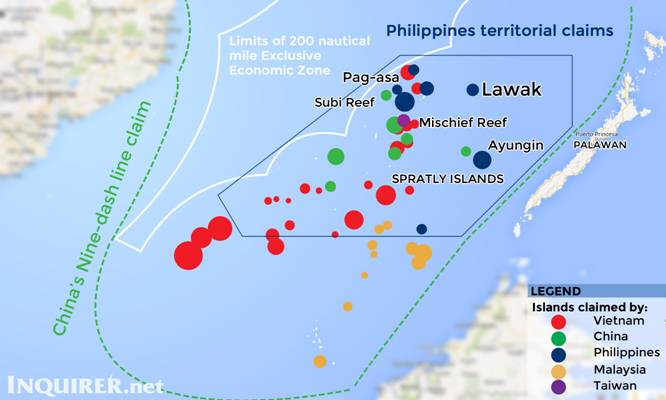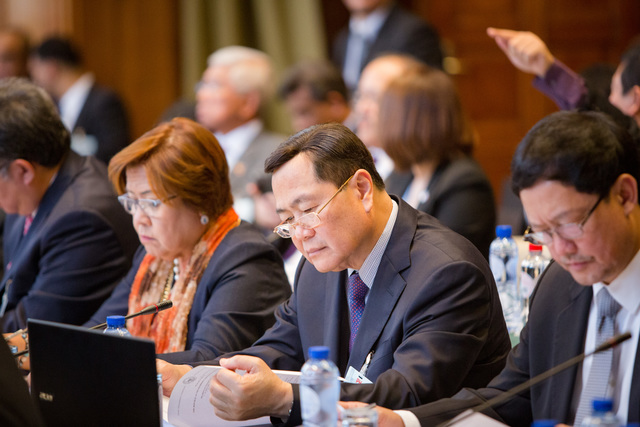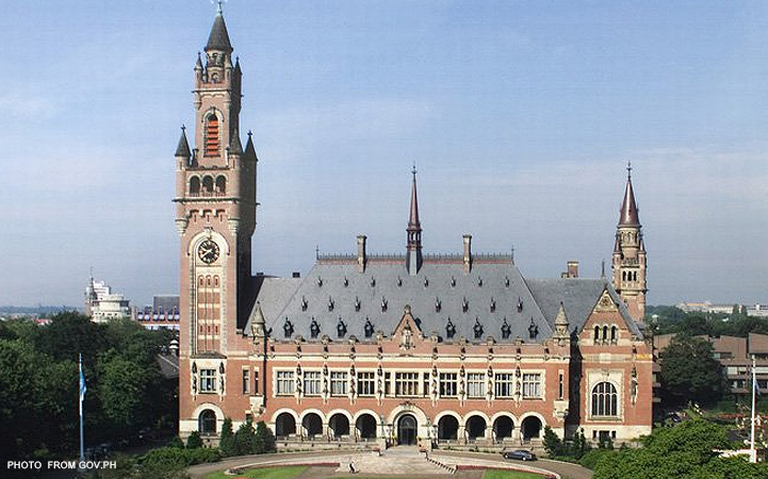Top 10 most famous and most beautiful islands in the Philippines that aren't Boracay- Overnight Camping Experience Just because Boracay is closed for 6 months, doesn't mean that your trip to the Philippines should be cancelled The Philippines has just closed its best-known holiday island Boracay to tourists for...
















































